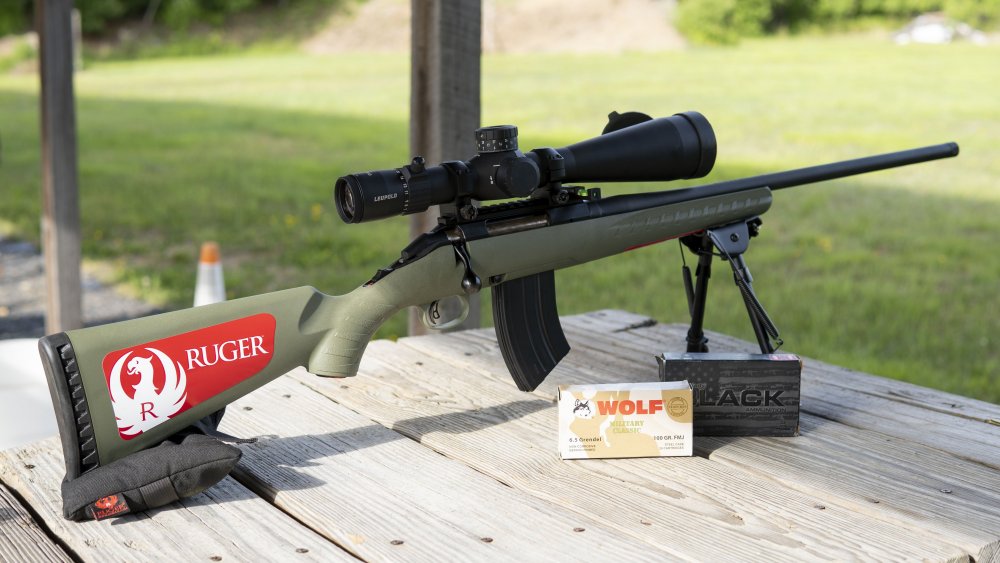-
Supporting Vendors
-
-
Latest Topics
-
-
Posts
-
For sale: 49 rounds of 7.62x54 Mosin ammo "Yellow Tip" $25.00 43 rounds of .25 Auto. Headstamp "RP 25 AUTO" $15.00 Take it all for $35.00 Message me here or Led1013 at aol.com
-
I took down a deck that was attached to the house with a ledger board. That area now needs to be re-sided. Its a tough predicament because its such a small job, its only like 24 inches high by about 12 feet wide. After 3 phone calls last fall i actualy got the guy who built the house to come by, he said "sure, i can do it when i get some down time". I havent heard from him since. i get it. its a small job. I'm a pretty handy guy and out of desperation i could probably watch youtube videos and figure out how to patch this by myself but i think id get lost on trying to match the color and i only need a small amount of material i'd have no idea where to buy a small amount. So i'm gonna try here if anybody knows a vinyl siding company who wouldnt mind doing what i suppose would be a 30 minute job. I am fully aware that i would need to have his fee make it worth while for the project even though its such a small patch job.
-
Thanks for the offer @High Exposure and hope you’re doing well. I’ll be back in just under 2 weeks and we can all work something out.
-
By Grima Squeakersen · Posted
I bought the stainless Rossi lever carbine in .357 a few years ago, to match a bush rifle caliber to my revolvers. I'm pretty sure I paid under $400 at the time. Shoots sweet, reliable, more than accurate enough. When I was shopping for it I kept running into comments on gun forums (not this one, iirc) criticiziing the action compared to the Henrys, but I've never shot a Henry lever gun, and I guess I'm too dumb to notice any issues. -
By Grima Squeakersen · Posted
Interesting discussion. I have plenty of large, tall trees that I could affix antennae elements to . But then I'd be at the mercy of wind and lightning. Of course, a falling tree could easily take out an adjacent tower as well :-) My biggest mental obstacle with installing a tower is how to get all the pieces up the slope to the install point. A new tower is no doubt a pretty big expense, but I see them on FB Marketplace regularly for fairly cheap, provided the buyer takes the thing down.
-
-








